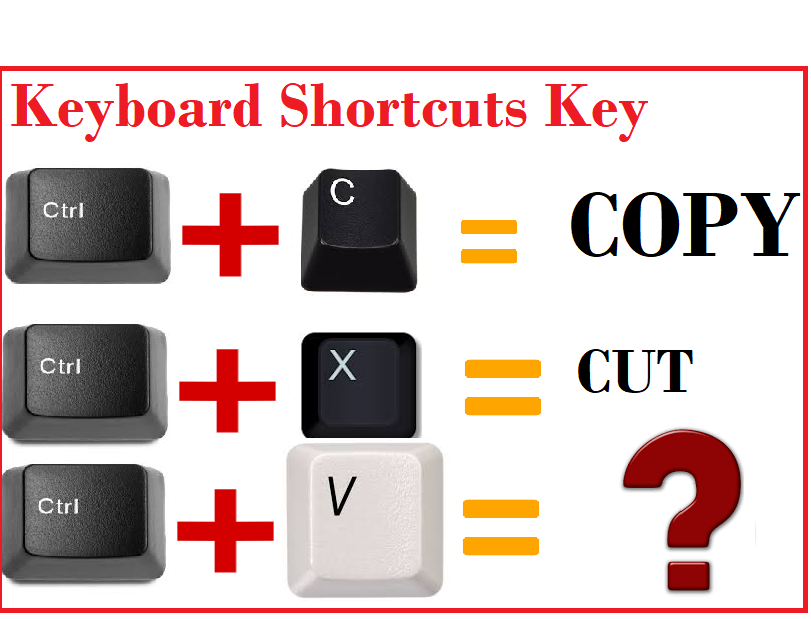

We can rewrite the answer another way if we wish. Notice in this example that r was left on the right side and thus the computation was simpler. Find the yearly rate when the amount of interest, the principal, and the number of days are all known. We must multiply each term inside the parentheses by the factor preceding the parentheses.Ĭhanging the form of an answer is not necessary, but you should be able to recognize when you have a correct answer even though the form is not the same.Įxample 5 is a formula giving interest (I) earned for a period of D days when the principal (p) and the yearly rate (r) are known. Removing parentheses does not mean to merely erase them. Solve for c.Ī trapezoid has two parallel sides and two nonparallel sides. The most commonly used literal expressions are formulas from geometry, physics, business, electronics, and so forth.Įxample 4 is the formula for the area of a trapezoid. Multiplying numerator and denominator of a fraction by the same number is a use of the fundamental principle of fractions. The advantage of this last expression over the first is that there are not so many negative signs in the answer. In this example we could multiply both numerator and denominator of the answer by (- l) (this does not change the value of the answer) and obtain Sometimes the form of an answer can be changed.

Compare the solution with that obtained in the example. Solve the equation 2x + 2y - 9x + 9a by first subtracting 2.v from both sides. We divide by the coefficient of x, which in this case is ab. The step-by-step procedure discussed and used in chapter 2 is still valid after any grouping symbols are removed.Įxample 1 Solve for c: 3(x + c) - 4y = 2x - 5cĪt this point we note that since we are solving for c, we want to obtain c on one side and all other terms on the other side of the equation. It is occasionally necessary to solve such an equation for one of the letters in terms of the others. Apply previously learned rules to solve literal equations.Īn equation having more than one letter is sometimes called a literal equation.Upon completing this section you should be able to: Then follow the procedure learned in chapter 2. Would be to first subtract 3x from both sides obtainingįirst remove parentheses. Using the same procedures learned in chapter 2, we subtract 5 from each side of the equation obtainingĮxample 2 Solve for x and check: - 3x = 12

Upon completing this section you should be able to solve equations involving signed numbers.Įxample 1 Solve for x and check: x + 5 = 3 SOLVING EQUATIONS INVOLVING SIGNED NUMBERS OBJECTIVES We will also study techniques for solving and graphing inequalities having one unknown. Now that we have learned the operations on signed numbers, we will use those same rules to solve equations that involve negative numbers. In chapter 2 we established rules for solving equations using the numbers of arithmetic. Equations and Inequalities Involving Signed Numbers


 0 kommentar(er)
0 kommentar(er)
